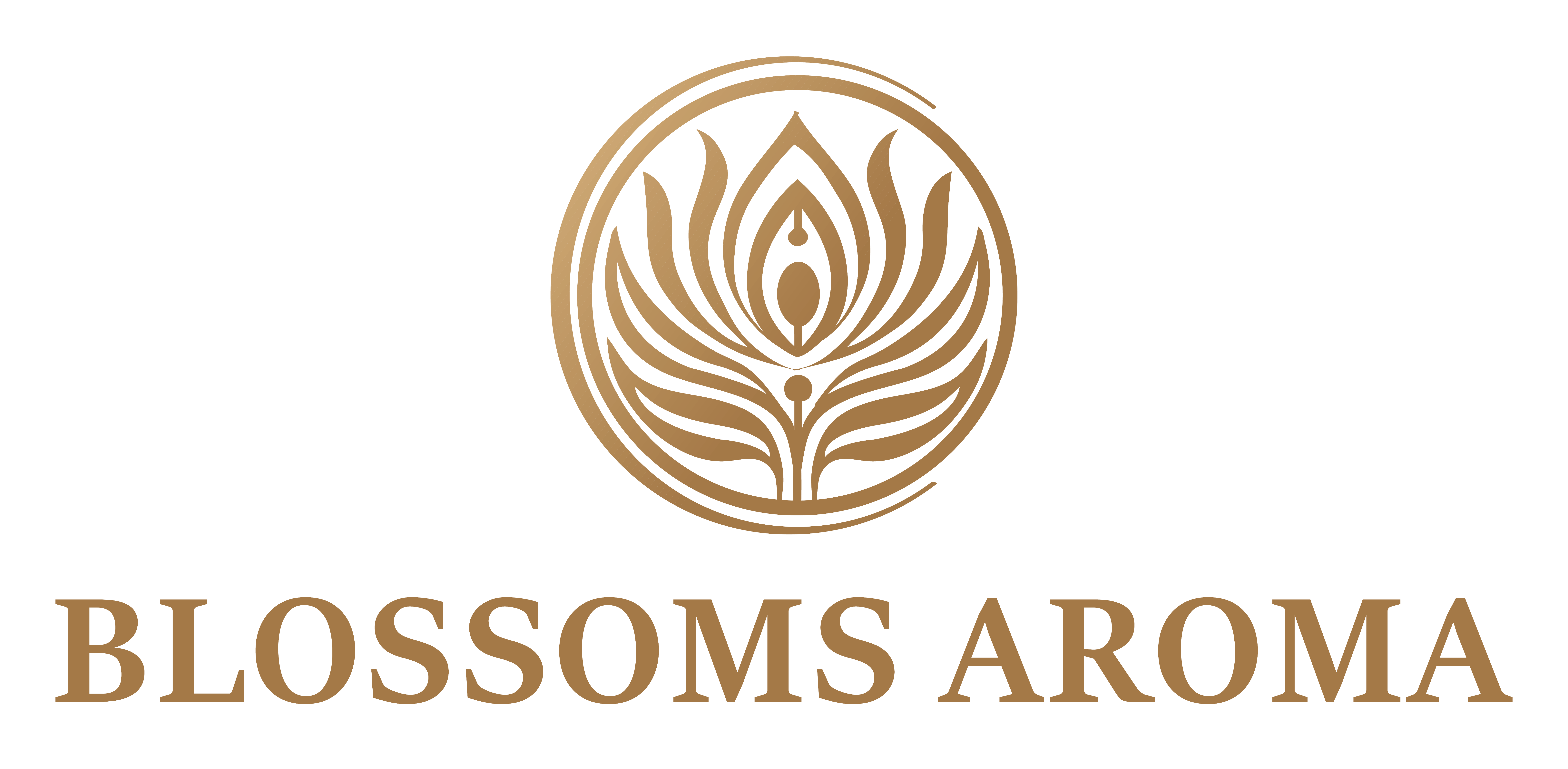Palmarosa OIL
All About Palmarosa Oil: Palmarosa, also known as Cymbopogon martinii, is native to India and is now grown in many tropical regions around the world. Historically, it has been cherished for its sweet, floral aroma and numerous therapeutic properties.
Palmarosa Oil Specifications:
GENERAL CHARACTERISTICS
- Product: PALMAROSA OIL
- Botanical Name: Cymbopogon martinii
- Family: Poaceae
- Part of the Plant Used: Leaves and flowering tops
- Fema Number: 2858
- CAS NO.: 8014-19-5
- HSN CODE: 33012918
- EINECS Number: 283-461-2
- Appearance: Mobile liquid
- Colour: Pale yellow to olive-yellow liquid
- Odour: Characteristic sweet, floral aroma
IDENTIFICATION
- A. TLC: It complies with the test
- B. GC: It complies with the test
PHYSIO-CHEMICAL PROPERTIES:
- Relative Density: 0.880 – 0.900
- Refractive Index at 20°C: 1.475 – 1.482
- Optical Rotation: (-1.5°) – (+2°)
- Storage: In well-fitted container. Protected from heat and light
Palmarosa Oil History: Palmarosa oil has been used in traditional medicine and perfumery for centuries. In ancient times, it was often used to combat infections and promote healthy skin. Its use dates back to ancient Indian and Ayurvedic medicine.
Palmarosa Oil Industrial Uses: Palmarosa oil is extensively used in the fragrance and flavor industry. It is widely used as an essential oil in aromatherapy, cosmetics, personal care products, and alternative medicine. It provides a calming effect and is known to soothe skin irritations and inflammation.
Properties (Based on COA Report):
- Synonyms: Cymbopogon martinii oil, Indian Geranium oil
- Botanical Name: Cymbopogon martinii
- Part Used: Leaves and flowering tops
- Color: Pale yellow to olive-yellow
- Viscosity: Medium to watery
- Perfumery Note: Sweet, floral, and rosy
- Shelf Life: Two years
- Density: 0.880 – 0.900
- Refractive Density: 1.475 – 1.482
EXTRACTION: Palmarosa oil is extracted by steam distillation from the leaves and flowering tops of the plant. The oil yield is relatively high, and the resulting oil is known for its potent aroma and therapeutic properties.
ECOLOGICAL INFORMATION: Palmarosa thrives in well-drained soils and requires a tropical climate to grow effectively. It is widely cultivated in India and other tropical regions for its essential oil.
15 Proved Uses and Benefits:
Pharma Uses:
- Palmarosa oil has antimicrobial and antifungal properties.
- It has been found to be a good anti-inflammatory agent.
- It is helpful in the treatment of digestive issues.
- It aids in managing respiratory conditions.
- It is used in dental and pharmaceutical products.
- It acts as a natural insect repellent.
- Traditionally used to treat skin infections and wounds.
- Known to boost mood and alleviate stress.
Cosmetics Uses: 9. Added as a fragrance to soaps and skincare products.
- Suitable for use in skincare products for its moisturizing properties.
- Used in bar soap, facial moisturizer, shampoo, hand cream, hair conditioner, skin treatment, and toothpaste.
- Used in aromatherapy for its calming and relaxing effects.
- Added to perfumes and colognes for its sweet, floral scent.
- Used as a flavoring agent in food and beverages.
- Its antibacterial property aids in the preservation of cosmetic products.
Abstract or How to Extract it: The chemical components of Palmarosa essential oil obtained from the leaves and flowering tops include geraniol, geranyl acetate, and linalool.
CONCOCTION: It blends well with geranium, bergamot, rosemary, lime, ylang-ylang, and lavender.
SAFETY MEASURES:
Eye Contact: Check for and remove any contact lenses. In case of contact, immediately flush eyes with plenty of water for at least 15 minutes. Get medical attention.
Skin Contact: In case of contact, immediately flush skin with plenty of water for at least 15 minutes while removing contaminated clothing and shoes. Cover the irritated skin with an emollient. Wash clothing before reuse. Thoroughly clean shoes before reuse. Get medical attention immediately.
Inhalation: If inhaled, remove to fresh air. If not breathing, give artificial respiration. If breathing is difficult, give oxygen. Get medical attention.
Ingestion: Do NOT induce vomiting unless directed to do so by medical personnel. Never give anything by mouth to an unconscious person. Loosen tight clothing such as a collar, tie, belt, or waistband. Get medical attention if symptoms appear.
STORAGE & HANDLING: Keep locked up. Keep away from heat. Ground all equipment containing material. Do not ingest. Do not breathe gas/fumes/vapor/spray. Wear suitable protective clothing. In case of insufficient ventilation, wear suitable respiratory equipment. If ingested, seek medical advice immediately and show the container or the label. Avoid contact with skin and eyes. Keep container in a cool, well-ventilated area. Keep container tightly closed and sealed until ready for use.
TOXICOLOGICAL INFORMATION: While generally safe for topical and aromatic use, high concentrations may cause skin irritation. Use in moderation and seek professional advice if any adverse reactions occur.

